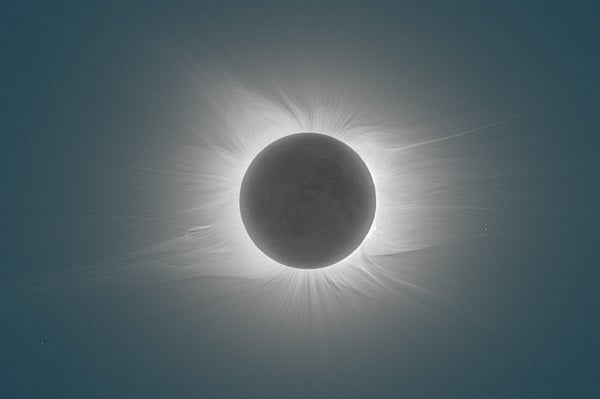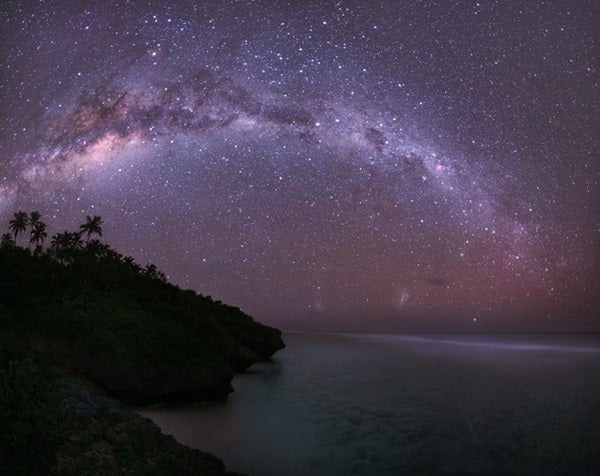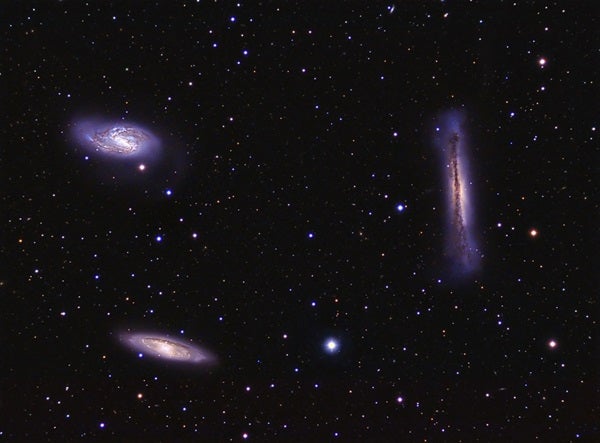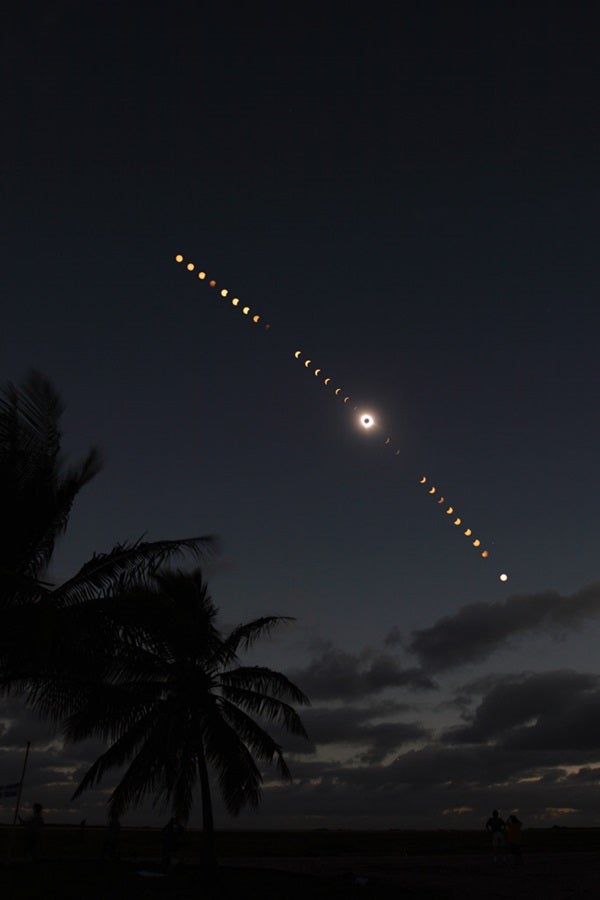The results are in. Four individuals from four countries took home the prizes in Astronomy magazine’s 2010 Astroimaging Contest. Astronomy editors chose the winning images.
The overall winner is Thomas Bader of Rheinfelden, Germany. His image from Hao Island in French Polynesia of the eclipsed Sun taken during the July 11, 2010, total solar eclipse shows incredible detail, both in the Sun’s corona (outer atmosphere) and on the Moon’s surface, where features shining from light reflected off Earth are easily visible during totality. For his image, Bader wins a Celestron CPC 1100 GPS XLT 11-inch Schmidt-Cassegrain telescope.
The winner in the General category is Tunç Tezel of Bursa, Turkey. His image of the southern Milky Way from Mangaia, one of the Cook Islands in the South Pacific, shows the closest star system to Earth, Alpha Centauri, the Southern Cross, the Magellanic Clouds (two of our galaxy’s satellites), and thousands upon thousands of other stars. Tezel wins a DMK 21AU04.DS CCD camera courtesy of Imaging Source.
Top honors in the Solar System category go to Li-Chun Chen of Taipei, Taiwan. He combined 32 exposures of the July 11, 2010, total solar eclipse from Hao Island in French Polynesia into one dramatic image that documents the event. Chen wins a DMK 31AU03.AS CCD camera contributed by Imaging Source.
Astronomy magazine Photo Editor Michael E. Bakich talked enthusiastically about the participation: “This year’s entries — 77 in all — went way beyond expectations. I received submissions from longtime contributors and also from many people who had never sent the magazine an image before.”
Subscribers have access to galleries containing all official entries in each category. And as a bonus, look for the four winning images in the Reader Gallery section of our April 2011 issue.
2010 Astroimaging Contest galleries
General
Deep-sky
Solar System
Thanks to everyone who set up a telescope, attached a camera, processed their image, and sent it to in. For those of you who missed the contest, or if these pictures inspire you to head out and shoot the sky, you can submit electronic images to readergallery@Astronomy.com. Astronomy will consider them for inclusion in the magazine or on this website as one of our Picture of the Day highlights. You also can submit images directly to our Online Reader Gallery. Happy sky-shooting!













